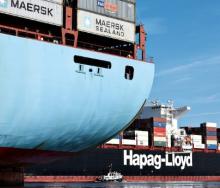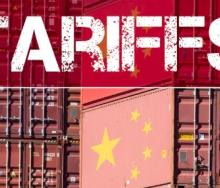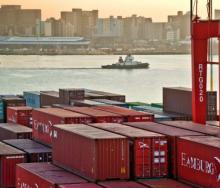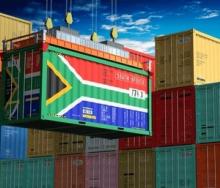Third party motor vehicle insurance poses a major headache for cross-border transporters as a regional scheme has never been fully implemented despite many efforts.
The Comesa (Common Market for Eastern and Southern Africa) insurance, commonly known as the “Yellow Card”, is essentially a regional third party motor vehicle insurance scheme. It offers third party liability protection to the insured or the driver while in a foreign country, as well as emergency medical cover to the driver and passengers of a foreign motor vehicle involved in a traffic accident.
Introduced in 1987, it has been a problem for transport operators since inception.
According to Gavin Kelly, CEO of the Road Freight Association, despite the organisation’s best efforts, the issues and challenges around the Yellow Card remain. “We have been working on the Yellow Card issue for more than a decade and have had no success in resolving the issues.”
At present it cannot be obtained in South Africa and is operational only in Burundi, Democratic Republic of Congo, Djibouti, Eritrea, Ethiopia, Kenya, Malawi, Rwanda, Sudan, Tanzania, Uganda, Zambia and Zimbabwe.
It can only be purchased in these countries, but it is not applicable in the country in which it is purchased - which means one has to buy local insurance first.
South African transporters are required to first obtain third party insurance in South Africa and then obtain the yellow card in Zimbabwe for example, but would need to buy local insurance in that country as well in order to traverse it.
A major point of contention has been the rate for the card which is set by each individual country that is party to the scheme. In other words a Zimbabwean truck entering Zambia will have the card issued by Zimbabwe, with the rates for that card also set by Zimbabwe.
This means different rates apply in different countries.
According to the insurance industry, this is because the rates take into account risk factors and administration costs that include the type of vehicle, the number of countries visited, length of visits and the extent of liability in each country. They also take into account administrative costs, claims and underwriting experience. This means that what an insurance company in Zimbabwe would charge for trucks travelling to Zambia and the DRC, for example, would be vastly different from what an insurance company in Malawi would charge for the same risk.
The Yellow Card presents many other problems - including the lack of harmonisation across the region as well as forgery. Many countries have raised concern because they believe there are not enough security features.
According to Mike Fitzmaurice of the Federation of East and Southern African Road Transport Associations (Fesarta), getting payments out of the Yellow Card scheme is also near impossible and most operators are relying on local third party insurance in each country.













